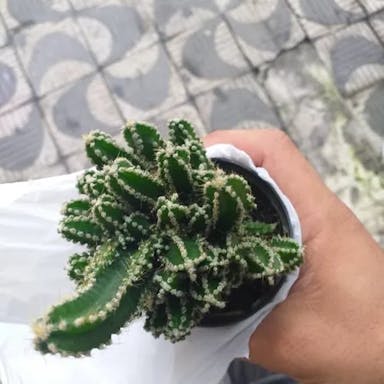Our lord's-candle, scientifically known as Hesperoyucca whipplei, is a striking plant native to southern California and Baja California. It belongs to the Asparagaceae family and has rigid leaves that can reach up to 3 feet in length. Afterward in the spring and summer months, this plant produces very tall flower spikes that can reach heights of 6 meters or more. The flowers are bell-shaped, creamy white, and fragrant, attracting butterflies. This desert plant is relatively easy to grow in well-draining sandy soil and full sunlight, making it a popular choice for dry gardens. Its drought resistance and easy care make it a tough addition to dry landscapes.
0
0











